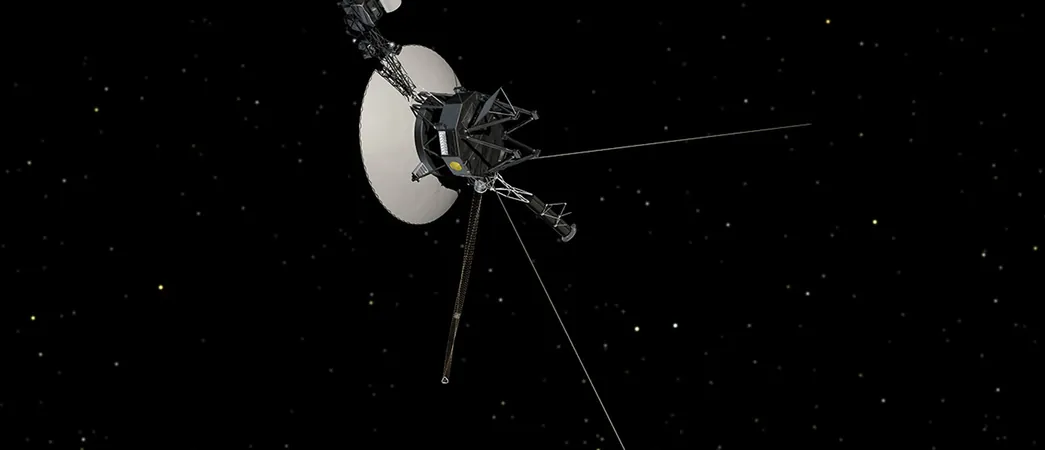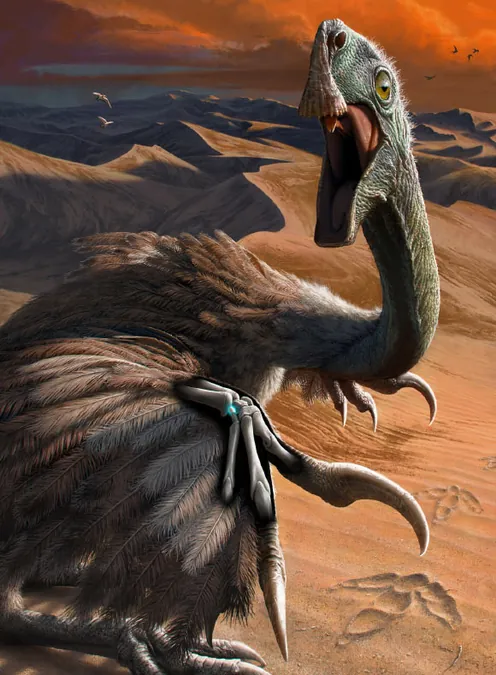
Voyager 1: An Ancient Space Voyager Faces Communication Challenges!
2024-11-03
Author: Olivia
Introduction
In an extraordinary feat of human ingenuity, Voyager 1, which was launched on September 5, 1977, is still operational and sending data back to Earth, nearly five decades later! Despite the massive technological advancements we've made since its launch, this iconic space probe continues its mission to explore the outer reaches of our solar system and beyond.
Recent Challenges
However, challenges remain as NASA recently had to switch Voyager 1 to a low-power radio transmitter due to a glitch. Earlier this week, a command to activate a heater inadvertently prompted the spacecraft's onboard systems to engage fault protection mode, shutting down one of its primary radio transmitters. Initially designed to flyby Jupiter and Saturn, Voyager 1 became the first human-made object to enter interstellar space in 2012 after crossing the heliopause— the boundary marking the transition from our solar system to the vast emptiness beyond.
Communication Delay
As of October 2024, Voyager 1 is about 24 billion kilometers away from Earth, meaning signals take approximately 23 hours to reach it. This delay means that any command or data request takes nearly two days of back-and-forth communication. With the sudden inability to receive its usual "ping," engineers back on Earth jumped into action to diagnose the situation. On October 16, a command was sent to activate a heater in hopes of maintaining proper functionality. But this seemingly harmless command had unintended consequences.
Unexpected Backup
Fortunately, upon investigating, NASA's team discovered that Voyager 1 was still transmitting data using a backup transmitter that hadn’t been active since the early 1980s! This remarkable adaptability demonstrates the resilience of the technologies developed back in the 70s. The team is now working diligently to understand the fault that caused the initial radio transmitter to shut down, ensuring that Voyager 1 can continue its groundbreaking mission.
Voyager’s Golden Record
What makes Voyager 1 particularly fascinating is its Golden Record—a time capsule of sounds and images representing the diversity of life on Earth, intended for any potential extraterrestrial life that might encounter it. As Voyager 1 ventures deeper into interstellar space, it continues to send back vital scientific data, enriching our understanding of the universe.
Conclusion
Can you imagine the stories that Voyager 1 holds, waiting to be told? Its journey is a testament to human curiosity and exploration, proving that even the earliest space technology can adapt and continue to teach us about the cosmos. So, stay tuned as we eagerly await more signals and revelations from this ancient ambassador of Earth, boldly sailing through the void!









 Brasil (PT)
Brasil (PT)
 Canada (EN)
Canada (EN)
 Chile (ES)
Chile (ES)
 Česko (CS)
Česko (CS)
 대한민국 (KO)
대한민국 (KO)
 España (ES)
España (ES)
 France (FR)
France (FR)
 Hong Kong (EN)
Hong Kong (EN)
 Italia (IT)
Italia (IT)
 日本 (JA)
日本 (JA)
 Magyarország (HU)
Magyarország (HU)
 Norge (NO)
Norge (NO)
 Polska (PL)
Polska (PL)
 Schweiz (DE)
Schweiz (DE)
 Singapore (EN)
Singapore (EN)
 Sverige (SV)
Sverige (SV)
 Suomi (FI)
Suomi (FI)
 Türkiye (TR)
Türkiye (TR)
 الإمارات العربية المتحدة (AR)
الإمارات العربية المتحدة (AR)